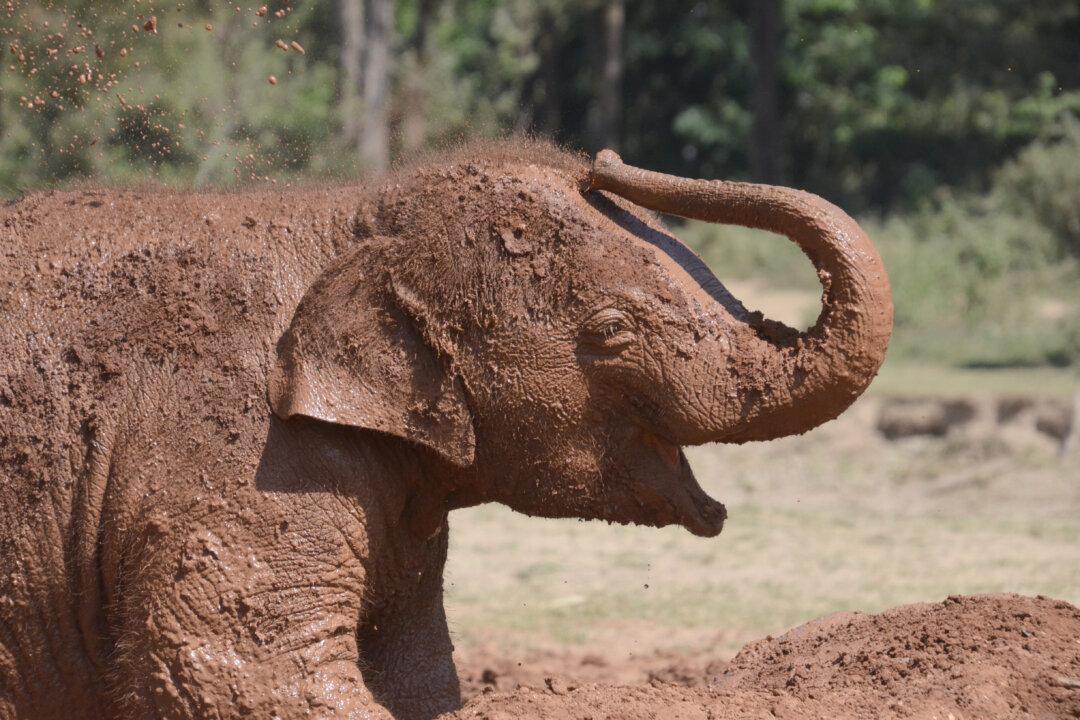Considering its proximity to the U.S., it was surprising that the Dominican Republic somehow got passed over in my Caribbean travels. I had heard tell of Punta Cana, the easternmost point and a popular cruise destination, but beyond that, I knew very little.
On a weeklong trip to the lesser-traveled north shore, however, I found a real appreciation for the island’s beauty.



Samaná
I chose to stay where the north coast gradually bends south toward Punta Cana. There extends a long, almost island-like finger of land known as the Samaná Peninsula. I stayed on the Atlantic Coast at the resort Sublime Samaná. After daily excursions, I’d visit the spa or relax on the fine sandy beach that curves along the small bay. Reliable waves and a shallow and gradually sloping sea bottom there made perfect conditions for boogie boards, and I rode into shore, tumbling into sizzling surf just steps from the beach.


Wind and Wave
Situated a 45-minute drive east of Puerto Plata, another port of some popularity with cruisers, is Cabarete, a resort town with a long stretch of sand popular with horseback riders. But that beach, facing the constant wind and waves off the Atlantic side of the island, is better known as the Windsurfing Capital of the Caribbean. Windsurfing and kite-boarding are so popular that if you look out to sea, the sky is filled with the rainbow colors of parachutes and sails, crisscrossing up and down the coast.Rentals and lessons are easily found, and so are sushi and mojitos beachside.
Cabarete makes a good home base for travelers looking for a lively time, and a good home base is the ecologically sustainable eXtreme Hotel, which sits right along the sea, drawing travelers interested in fitness and adventure. Their organic restaurant gets ingredients from a botanical garden next door and from their partner Taino Farm outside town. The farm offers a rustic cabana option in the jungle, but at a minimum, the farm is worth a tour and a floating excursion on the river that runs along the property.



Chasing Waterfalls
The D.R. has a number of spectacular cascades, but the 150-foot Salto El Limón may be the best of the bunch. I rode on horseback up into the modest mountains, on a trail that crossed shallow rivers and climbed to scenic overlooks, including one of the falls themselves. Descending the other side of the hill, I passed a smaller but no less photogenic cascade before arriving at El Limón. Visitors swim in the pool beneath the wide apron of cascading water, the spray from which creates rainbows in the mid-day sun. Daredevil local guides climbed the slippery face of the cliff and performed death-defying dives into the shallow waters below.
On the final day, I wasn’t just going to see a waterfall, but 27 of them. And I’d be jumping from them. “Like yesterday’s waterfall daredevils?” I wondered warily. I’d rate my thirst for adrenaline rushes at about medium-low. Donning a life jacket, helmet, swimming trunks, and shoes I knew I’d get wet, I took a longish hike up a low mountain just west of Puerto Plata to Rio Damajagua and its “27 Charcos.” I saw several families with children, so have no fear: this isn’t a Red Bull extreme sport.
Beware of shortened, 2.5-hour tours, hiking only as far as the seventh waterfall. The longer excursion with a private guide for the full 27 is worth it. The hike is mildly strenuous, but the trip back down is like no other. The river tumbles and rushes down the mountain through a limestone channel it has carved over thousands of years. The stone is worn smooth enough that travelers can slide right through some passages as if at a waterpark.



Where the falls—the highest of them was perhaps 20 feet—drop directly, guides instruct me to cross my arms over my chest and jump, plunging safely into deep pools. Minimal swimming skills suffice, especially with the vest, and the water beyond each pool ranges from ankle deep up to the neck.





